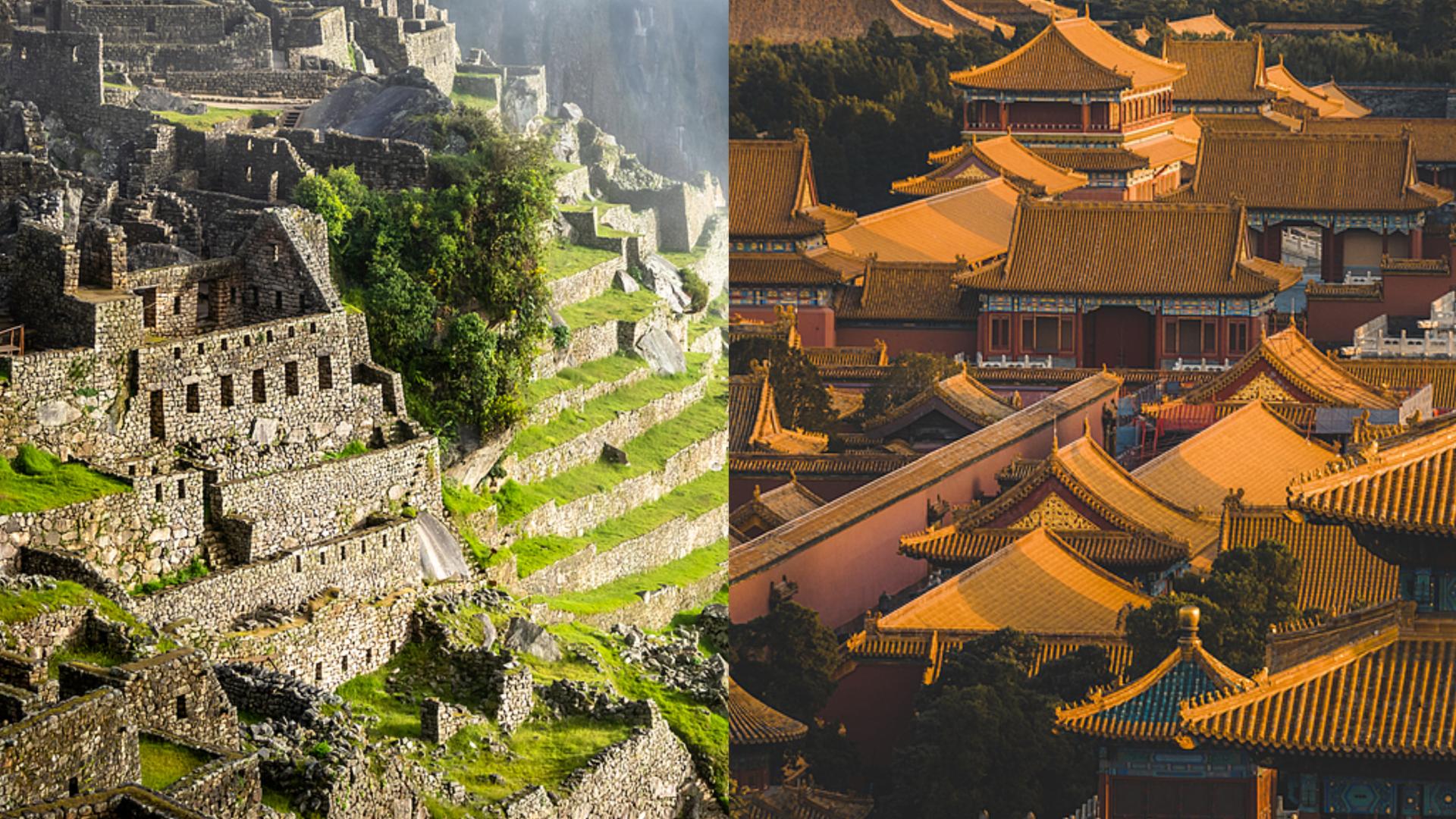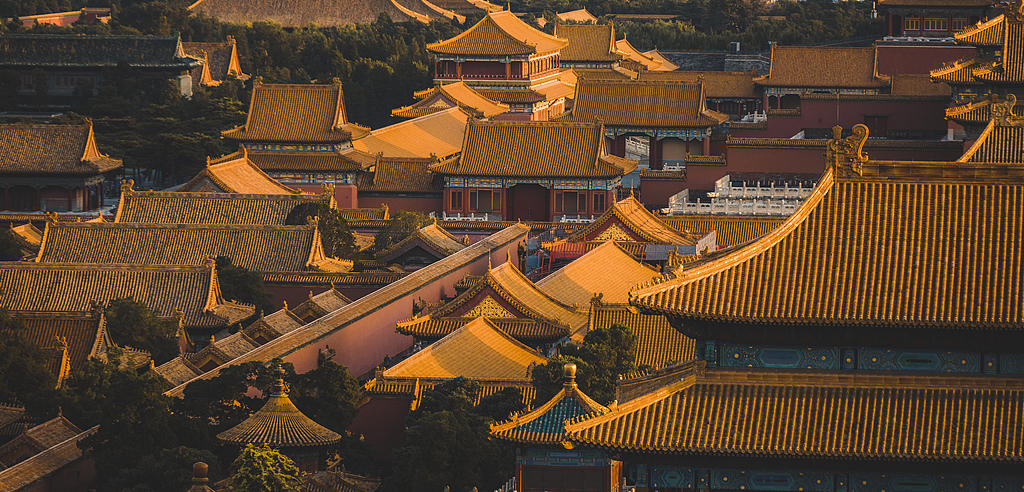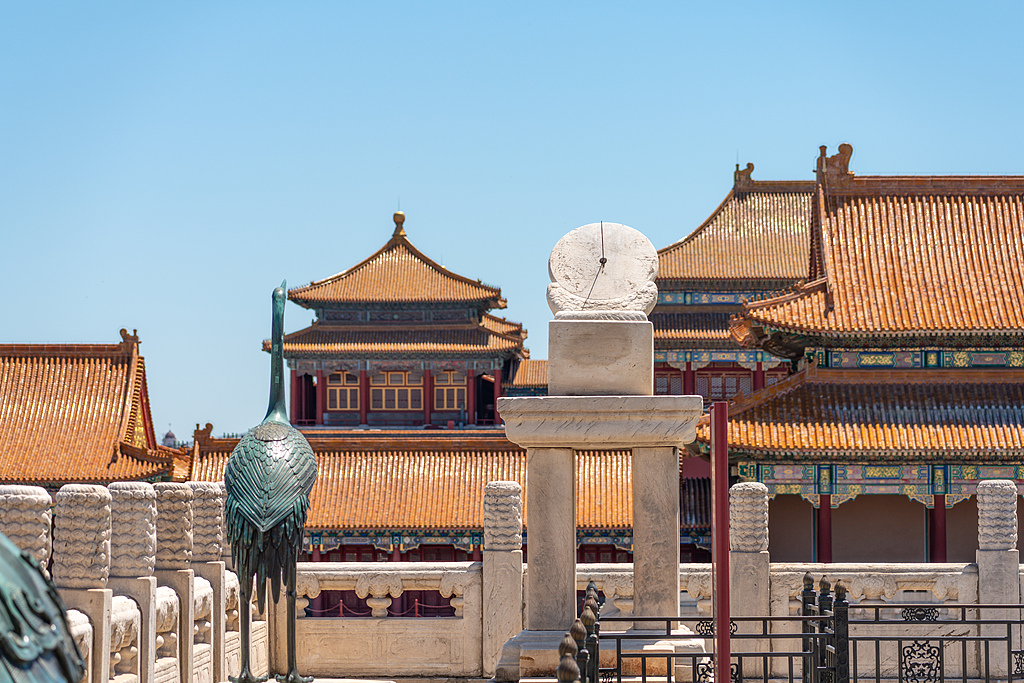Exploring Ancient Wonders: Tracing History from Machu Picchu to Beijing Through Stone and Shadow
China grants visa-free entry to Peruvian and South American travelers, bridging ancient civilizations with easier access.

China’s recent decision to grant visa-free travel to Peruvian citizens—as well as travelers from several other South American nations—signals a new era of cultural exchange and easier access between two continents rich in ancient heritage. For Peruvians, the possibility of journeying between their own legendary monument, Machu Picchu, and China’s imperial treasures like the Forbidden City, now feels more tangible than ever before.

Towering amidst the Andean peaks, Machu Picchu stands as one of humanity’s most iconic archaeological sites. This Inca citadel, cloaked in mist and legend, continues to inspire awe through its seamless integration into the dramatic landscape. What sets it apart is the ingenuity embedded in every stone: ancient masons sculpted massive blocks to interlock so perfectly that not even a blade of grass can fit between them, all without the use of mortar. At the heart of this marvel lies the Intihuatana—a mysterious stone pillar that scholars believe served both ritual and astronomical purposes. It was here that Inca priests might have watched the sun’s movements, marking the passage of seasons and guiding agricultural rituals crucial to their civilization.

Across the Pacific, the Forbidden City in Beijing stands as a testament to China’s imperial grandeur and enduring legacy. Built during the Ming Dynasty, its sprawling courtyards and stately halls tell stories of power, intrigue, and artistry. The Forbidden City’s layout and architecture are not random: every structure is aligned with cosmic principles, designed to embody harmony and convey the emperor’s sacred mandate. The ivory roofs and intricate carvings showcase masterful craftsmanship passed down through generations, reflecting both authority and an appreciation for beauty.

Among the treasures preserved within the palace walls is an ancient sundial—an instrument that once connected the rulers of China to the heavens. Royal astronomers meticulously tracked the sun’s shadow, ensuring the imperial calendar remained aligned with celestial cycles. This pursuit of temporal harmony echoes the role played by Machu Picchu’s Intihuatana, showing that civilizations separated by oceans shared a common desire to understand and harness the power of time and nature.
With the new visa policies bridging the distance between South America and China, enthusiasts of history and culture will soon find it easier to wander from the cloud-kissed stones of Machu Picchu to the crimson gates of the Forbidden City. This newfound connection not only promises increased tourism and economic ties, but also offers both nations the opportunity to appreciate each other’s ancient achievements—and discover that, despite vast differences, their legacies are united in stone, shadow, and the enduring mysteries of the past.




